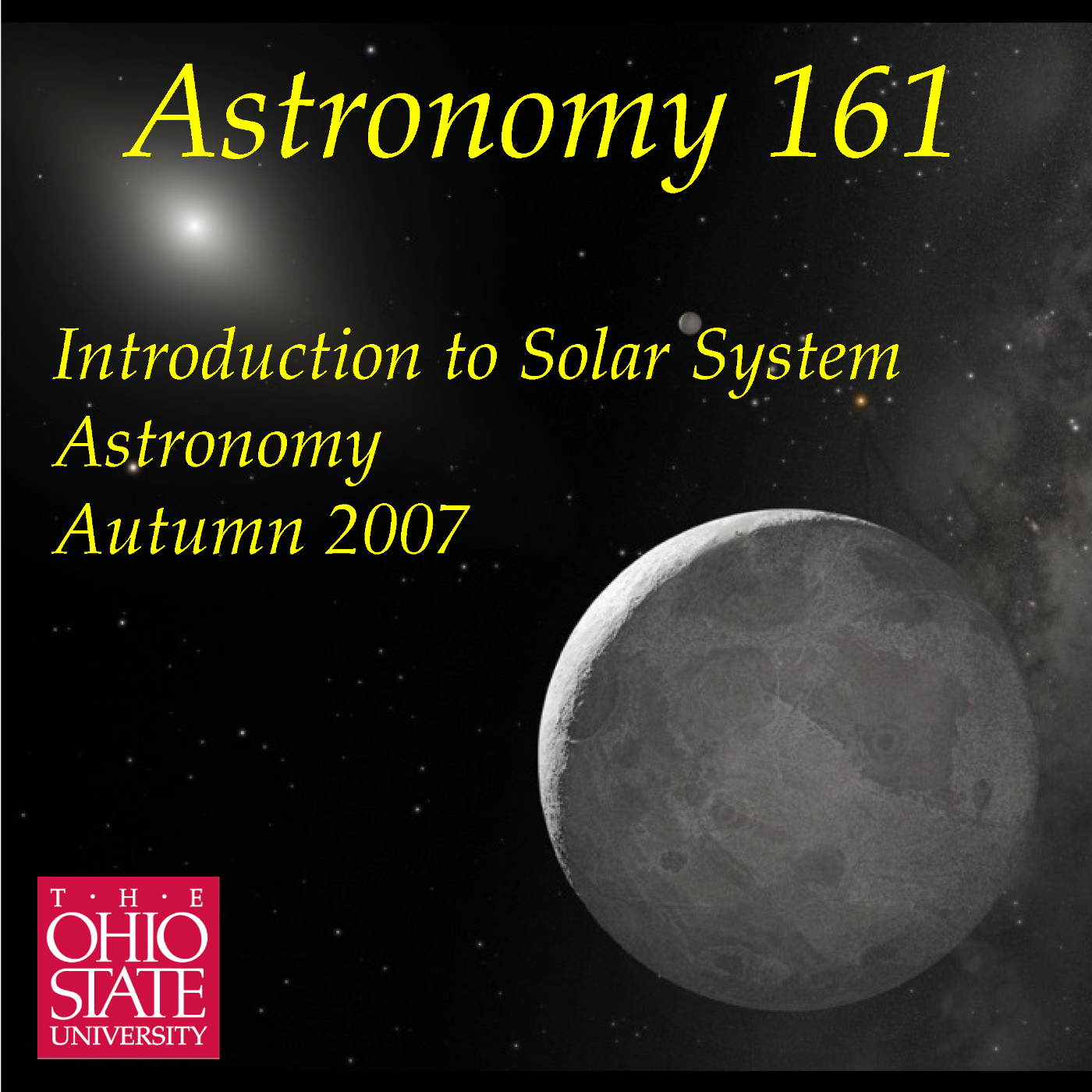Lecture 21: Dance of the Planets
Description
How do objects orbit if more than 2 massive bodies are involved?
Newton's versions of Keplers 3 Laws of Planetary Motion are only
strictly valid for 2 massive bodies. The Solar System, however, clearly
has more than 2 massive objects within it. How do we handle this
many-body problem? This lecture discusses some of the multi-body
gravitational effects seen in our Solar System (and by extension
elsewhere). We will describe Lagrange Points for the restricted 3-body
problem and consequences like the Trojan Asteroids of Jupiter,
long-range gravitational perturbations and their aid in discovering the
planet Neptune, close encounters that can dramatically alter the orbits
of comets and give us ways to slingshot spacecraft into the outer and
inner Solar System without huge expenditures of fuel, and orbital
resonances that can amplify small long-range perturbations and either
stabilize or destabilize orbits. All of these effects play a role in
the Dynamical Evolution of our Solar System that we will see throughout
later parts of the course. Recorded 2007 Oct 18 in 1000 McPherson Lab on the
Columbus campus of The Ohio State University.
More Episodes
A new podcast, Astronomy 141, Life in the Universe, is available
for those interested in continuing an exploration of topics in
modern astronomy.
Published 12/06/09
Published 12/06/09
Are we alone in the Universe? This lecture explores the question of how
we might go about finding life on planets around other stars. Rather
than talking about speculative ideas, like the Drake Equation or SETI, I
am instead taking the approach of posing it as a problem of what to look
for...
Published 11/30/07


